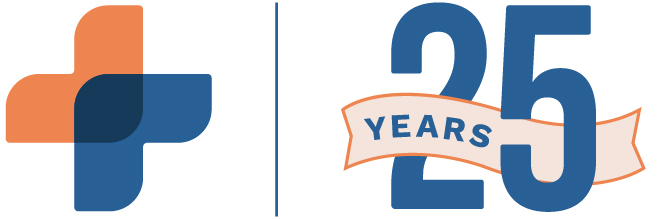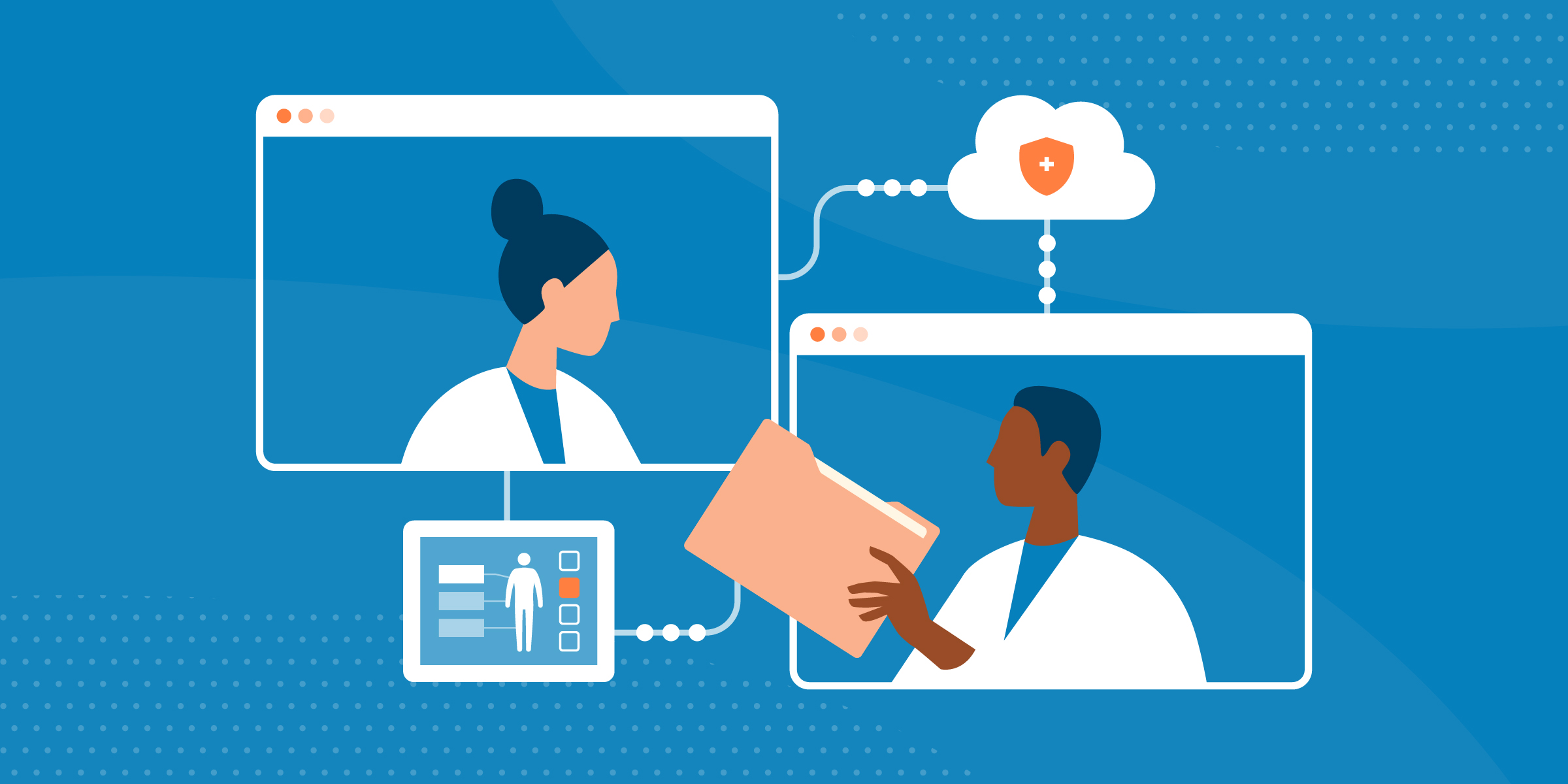On January 19, 2022, the U.S. Department of Health and Human Services’ (HHS) Office of the National Coordination for Health IT (ONC) announced the availability of the Trusted Exchange Framework and Common Agreement (TEFCA). The document emerged under the 21st Century Cures Act, which passed in 2016 and has been anxiously anticipated by healthcare providers with key regulatory dates occurring regularly through at least 2024.
Find out what TECFA is, how, in a broader context, it relates to the Cures Act, and what it means for your practice in terms of interoperability.
What is TEFCA, and What is the Impact?
According to the ONC, the TEFCA “outlines a common set of principles, terms, and conditions to support the development of a Common Agreement that would help enable nationwide exchange of electronic health information (EHI) across disparate health information networks (HINs).” Essentially, the guidelines were designed to simplify and streamline the sharing of healthcare information while still safeguarding private or sensitive data.
The ONC oversees TEFCA by appointing a Recognized Coordinating Entity (RCE) that is responsible for developing, implementing, and maintaining a Common Agreement. This agreement defines the requirements for health information exchange (HIE) for which electronic sharing is permitted. Approved HIEs are considered Qualified Health Information Networks (QHINs) that are then overseen by RCEs to ensure they meet the six permitted exchange purposes for online information exchange. The six permitted uses are as follows:
- Treatment
- Payment
- Public health
- Individual access for patients
- Government benefits determinations (i.e., Medicaid)
- Healthcare operations
The Trusted Exchange Framework and Common Agreement will help providers appropriately and securely share EHI between networks by:
- Ensuring that a primary source of data is always available for providers for information exchange purposes, including diagnosing patients, writing prescriptions, reviewing payment information, and more.
- Reducing provider costs by reducing (if not eliminating) the need to create multiple point-to-point interfaces.
- Providing providers with a common set of security and privacy requirements to more effectively protect patient data.
The ultimate goal of the TEFCA guidance is to promote a more seamless exchange of health information between providers, patients, and other healthcare entities. The new document will provide a baseline of both legal and technical requirements to ensure data is shared appropriately and does not compromise patient safety or privacy.
Additional benefits of TEFCA include:
- Improving access to healthcare information: TECFA promotes more efficient data collection, meaning both patients and providers have easier access to data. This will also support existing use cases that Health Information Networks (HINs), health IT developers, and other healthcare providers have established for users.
- Advancing interoperability for Medicaid patients: A national healthcare database will provide Medicaid providers with a comprehensive view of patient information which will not only improve decision-making but also case management, reporting activities, risk analysis, and more.
- Supporting public health reporting: Healthcare providers no longer need to utilize multiple tools or platforms to share information with TECFA. All information is available on the new platform, decreasing the provider’s administrative burden.
- Improving emergency response and preparedness: TECFA will improve emergency response teams’ ability to access patient information even if they’re out of network. The infrastructure can then be used to share treatment plans, diagnoses, or prescriptions with the individual’s primary care physician.
TEFCA Furthers Interoperability Standards Established by the Cures Act
Established in 2016, the Cures Act furthered interoperability within the healthcare sector by making it easier for both patients and providers to securely access online health information. The act prohibits healthcare providers from information blocking, an action that interferes with the access, exchange, or use of EHI, which prevents seamless interoperability. To ensure access to online health information, the Cures Act requires all health information technology and networks to be updated and compliant.
The Trusted Exchange Framework and Common Agreement (TEFCA) advances the principles and benefits established by the Cures Act by establishing a secure technical infrastructure for healthcare networks. Providers and patients can then use this network to securely share information. Additionally, the flexible nature of the network improves access to EHI, ensuring hospitals, health centers, financial institutions, etc., have easy access to critical information.
Further Your Practice’s Interoperability with RXNT
Between the 2020 Cures Act Final Rule—implementinginteroperability provisions to promote patient control over their health information—and TEFCA, which was announced in January 2022 to further promote more seamless health information exchange, interoperability is rapidly moving forward. Healthcare providers must ensure they’re meeting new compliance regulations to provide both patients and providers with seamless, secure access to EHI. RXNT’s full suite of medical practice software enables you to satisfy interoperability requirements, and ensures patients can access health data for sharing with providers across the nation.





